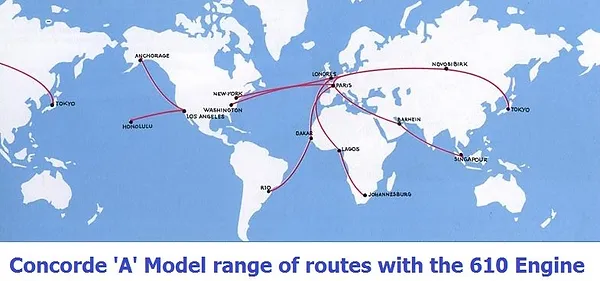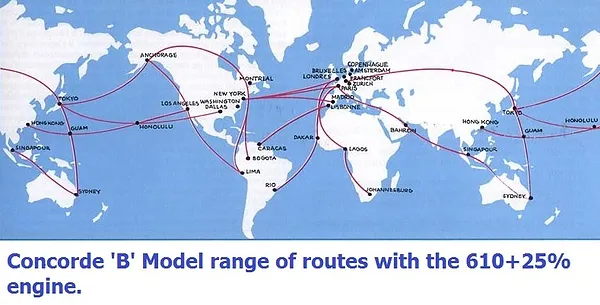- Joined
- 27 September 2006
- Messages
- 6,074
- Reaction score
- 6,188
The Boeing SST in its various guises seemed to be the future of civil aviation and the 747 was designed to be converted easily to cargo lifting when the 2707s arrived in the late 70s.
Even Air France and BOAC planned to operate them alongside the Concordes expected to be in service some years sooner.
SSTs were killed off for mass travel by the Sonic Boom carpet issue and decisively by the impact of rising fuel costs.
Boeing's extraordinary beast died in 1971 when its costs and practicality defeated even the USA.
The rival from Lockheed had been much closer to Concorde in simplicity. It is often argued that this design might at least have flown.
As with other what-ifs timing seems to make a huge difference. Lockheed might have got its planes flying before the fateful 1973 price hike.
Even Air France and BOAC planned to operate them alongside the Concordes expected to be in service some years sooner.
SSTs were killed off for mass travel by the Sonic Boom carpet issue and decisively by the impact of rising fuel costs.
Boeing's extraordinary beast died in 1971 when its costs and practicality defeated even the USA.
The rival from Lockheed had been much closer to Concorde in simplicity. It is often argued that this design might at least have flown.
As with other what-ifs timing seems to make a huge difference. Lockheed might have got its planes flying before the fateful 1973 price hike.



